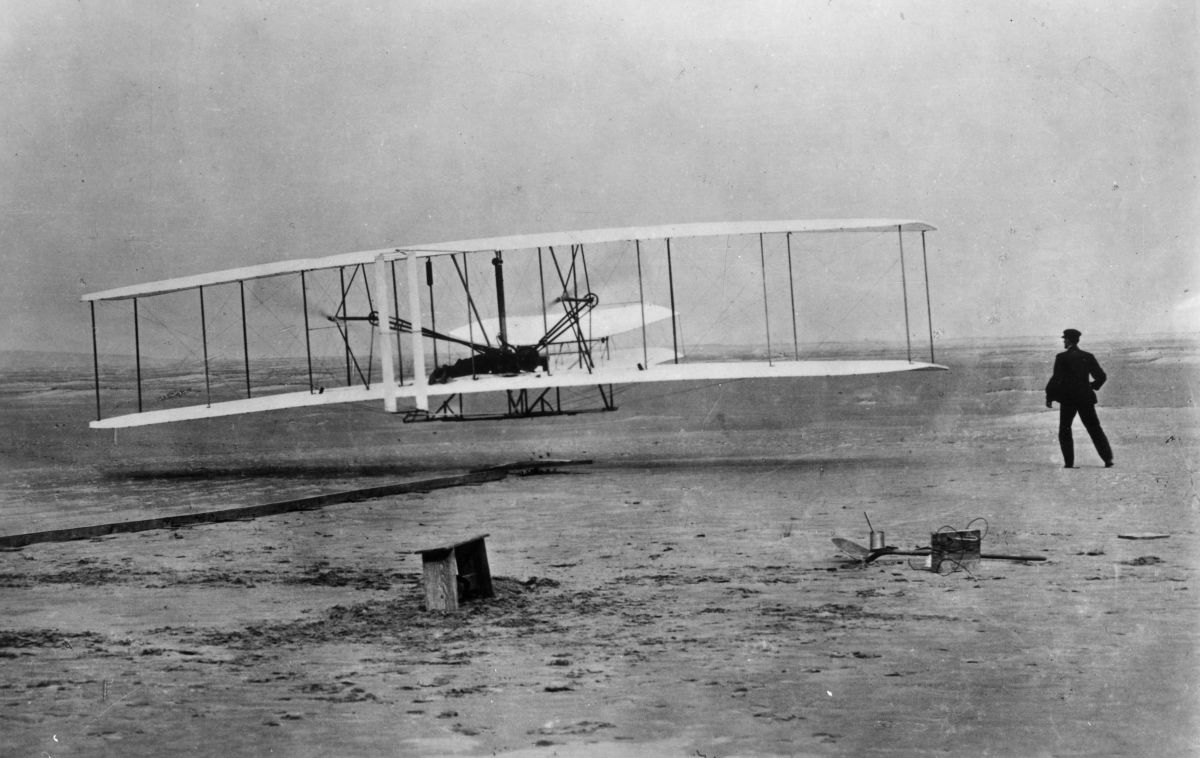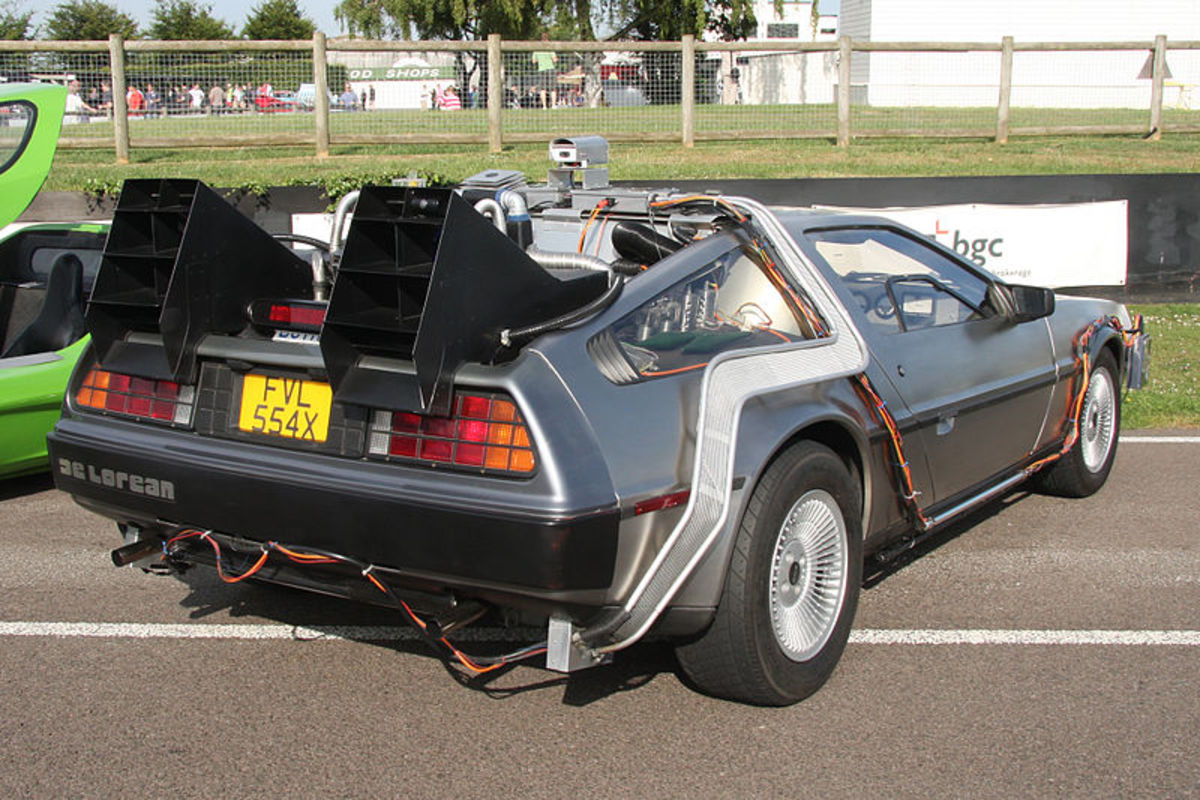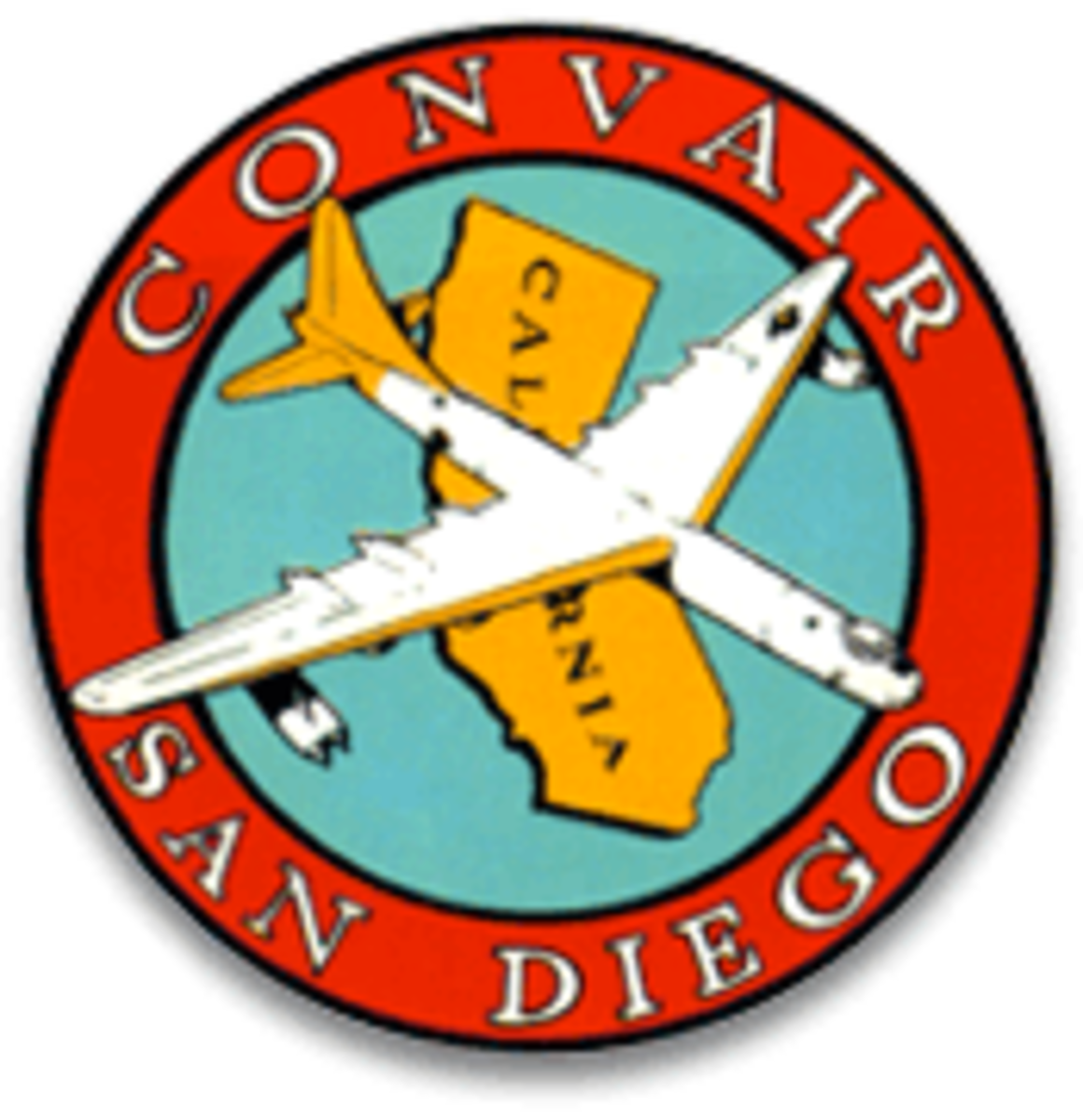- HubPages»
- Education and Science»
- History & Archaeology»
- Major Inventions & Discoveries
John Stringfellow's Flying Machine
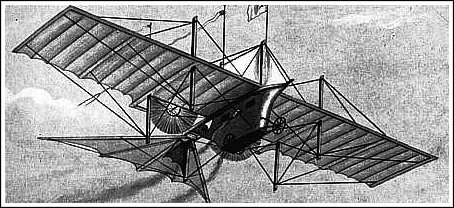
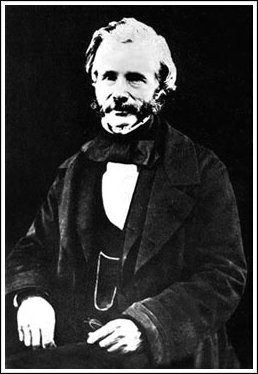
Orville and Wilbur Wright invented and flew the first airplane, right? No, the first successful powered flight took place in England and was demonstrated by John Stringfellow in 1848. It was the first aircraft to fly under its own power…55 years before Orville and Wilbur Wright! The Wright brothers made the first controlled, powered and sustained heavier-than-air human flight on 17 December 1903.
Stringfellow was born in Sheffield, England in 1799. His occupation was actually making bobbins and carriages for the lace industry. He designed and built a model monoplane powered by a tiny steam engine housed in the gondola below the wings. It had a 10 foot wingspan, built of wood and covered with silk. The engine was fired by a spirit lamp, had a cylinder with a diameter of ¾ inch and a stroke of 2 inches.
Complete with water and fuel, the engine weighed less than 6¾ lbs and drove two large propellers rotating in opposite directions for lateral stability. The flight took place in Chard, Somerset, England and was the culmination of many years of experiments.
By 1840, Stringfellow and a friend, William Samuel Henson, were working together on a study of bird flight. Using taxidermy models, they measured wingspans of different species. Through spyglasses, they also observed birds in flight.
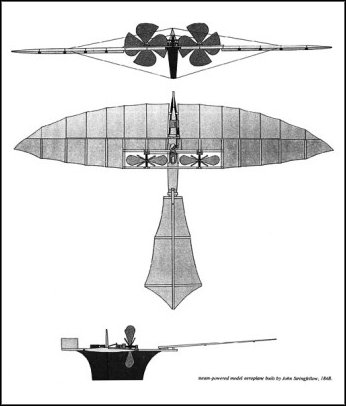
It wasn’t long before their research convinced the two that while flapping wings worked fine for birds, a flying machine should have stationary wings, set at a slight angle to the wind and propelled through the air. What they needed now was a way to experiment with this revolutionary new concept.
In the summer of 1841, Stringfellow boarded the Great Western Railway, bound for London. Killing two birds with one stone, so to speak, they conducted experiments along the way. Passengers aboard the train must have been puzzled as they looked out their windows to see wings of different shapes and sizes floating just outside. The inventor had gotten permission from the conductor to perform what would be considered today as wind tunnel tests.
Both men agreed steam power was the way to go. However, steam engines of their day were bulky, ponderous and extremely heavy weighing hundreds of pounds for each horsepower produced. But Stringfellow had already been designing miniature steam engines.
They were tiny, jewel like machines with soldered fittings. He fired their conical boilers with methylated spirits, burned in thimble-size reservoirs. One was so light it could be sent through the mail. Combined with the new Ericsson screw-type propeller, the pair created a now-classic aeronautical design: the fixed-wing, propeller-driven airplane. Certain they were on the right track, they began drawing up plans for a full-size flying machine.
In 1842, they patented the Ariel Steam carriage designed to "convey letters, goods and passengers from place to place through the air.” The following year, Stringfellow and Henson, together with two other partners incorporated the Aerial Transit Company to construct and operate a flying machine. However, it would be another 60 years before a flying machine would leave the ground with a man on board.
Henson built scale models of the Ariel Steam Carriage but with little success. Circumstances proved to be a hindrance as experiments took place outside early in the morning to avoid prying eyes. The silk fabric would become wet from morning dew adding additional weight to the aircraft. And, their early steam engines were too heavy.
Following these failures, Henson lost interest in the project, but Stringfellow persevered, experimenting and building new designs. He overcame one major obstacle by making a lightweight steam engine with a paper-thin copper boiler weighing only an incredible twelve ounces.
Next, he began experimenting inside an old silk mill as it gave greater protection from wind and moisture. And in 1848, he successfully flew his flying machine 30 feet at about 20 miles per hour.
In later years, John and his son Frederick built a number of flying machines and in 1868 they both exhibited steam-powered flying machines at the Crystal Palace in London. The aircraft won first prize at the Crystal Palace Exhibition. This flying machine is on display in the Early Flight Gallery of the National Air & Space Museum, Washington, D.C.
It was Stringfellow's dream to build a flying machine which would carry a human passenger, but due to age and illness he never succeeded. He died in 1883, 20 years before it would become reality at Kitty Hawk, North Carolina.
A bronze model of the first aircraft to fly stands in Fore Street in Chard, England. Road signs entering the town proudly boast it’s the birthplace of powered flight. The Chard Museum also contains a display of early flight prior to the advent of the internal combustion engine.

